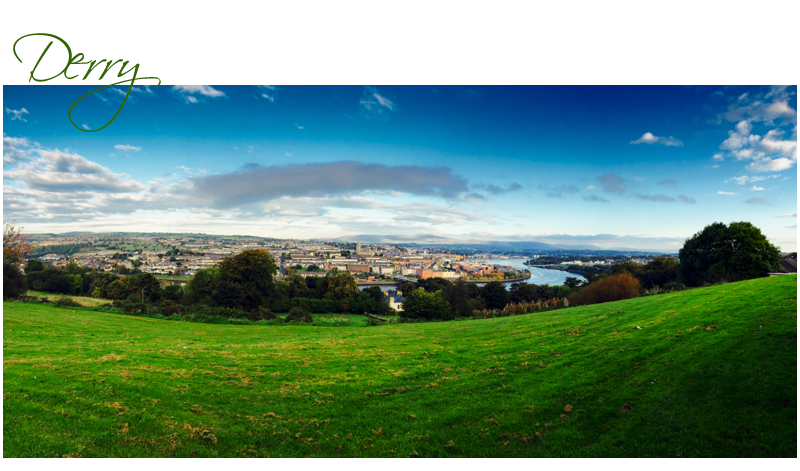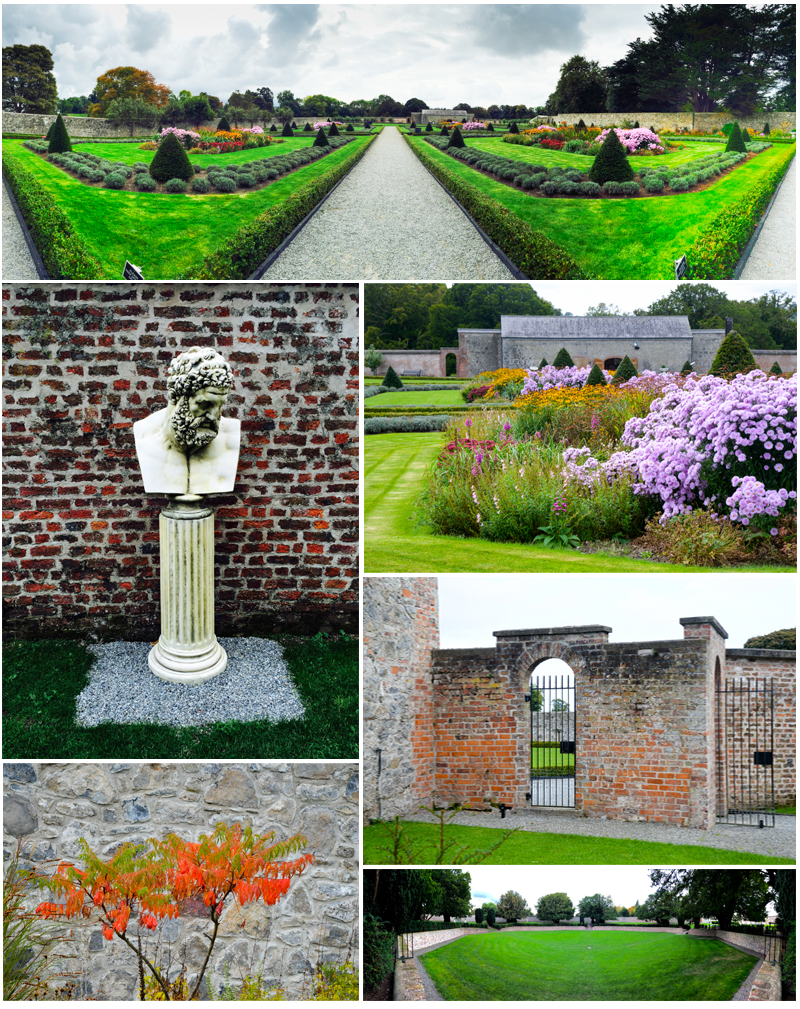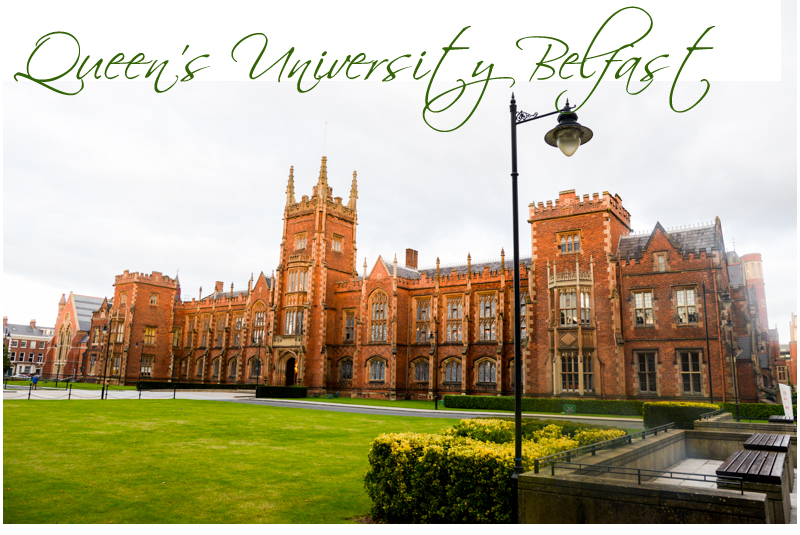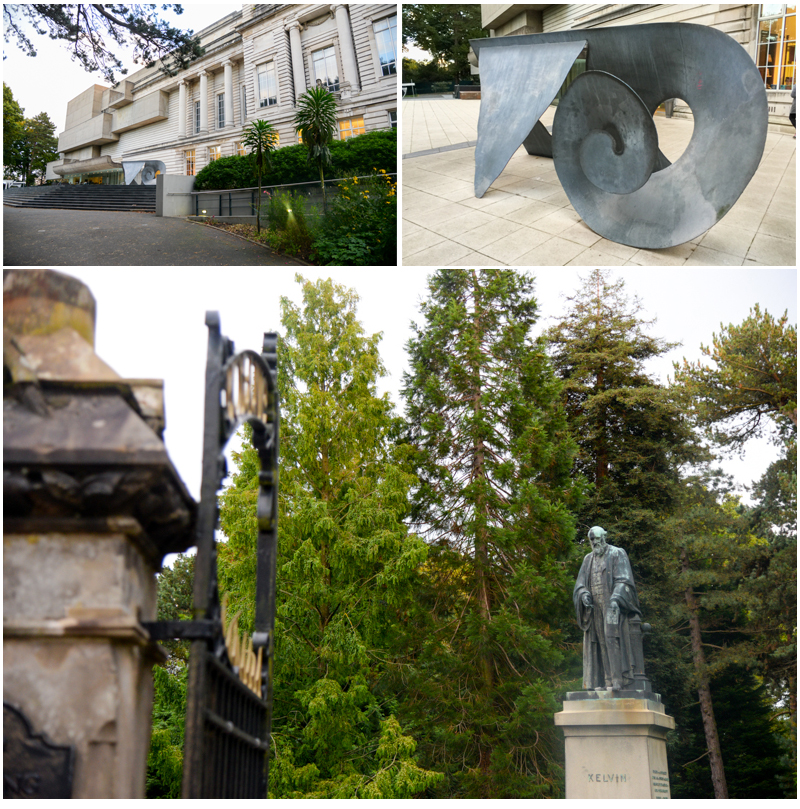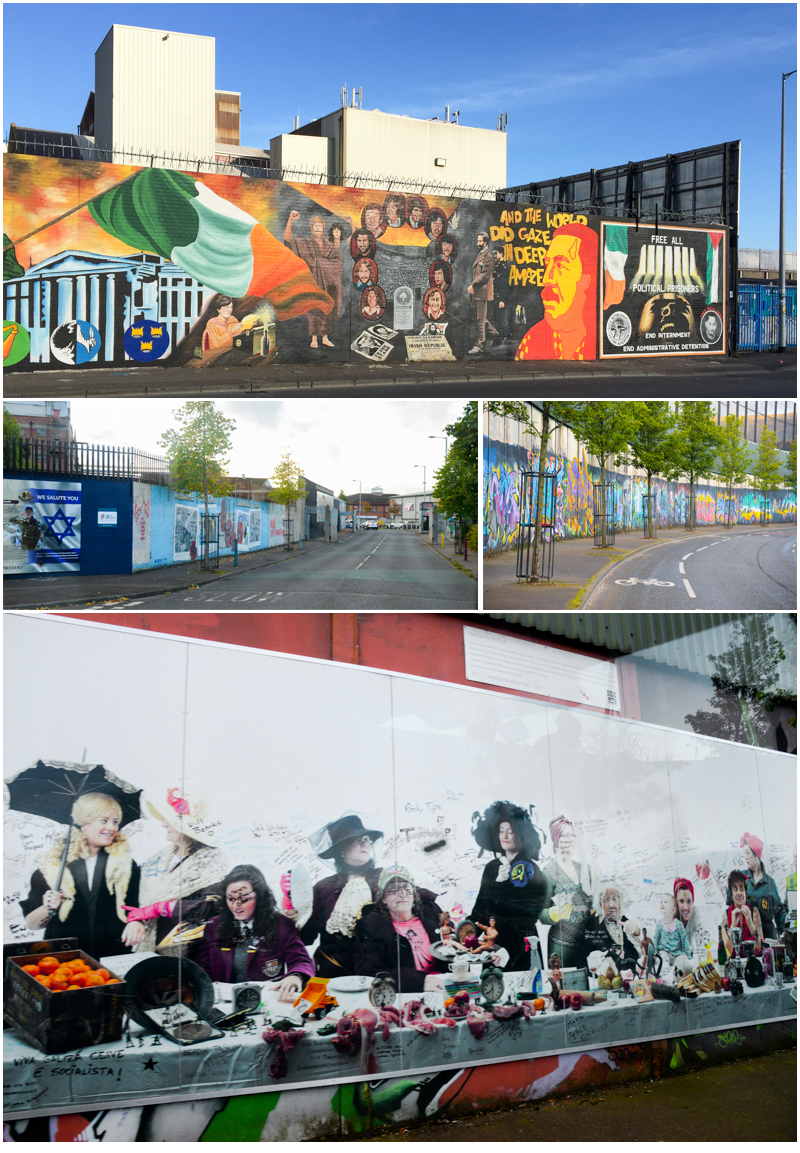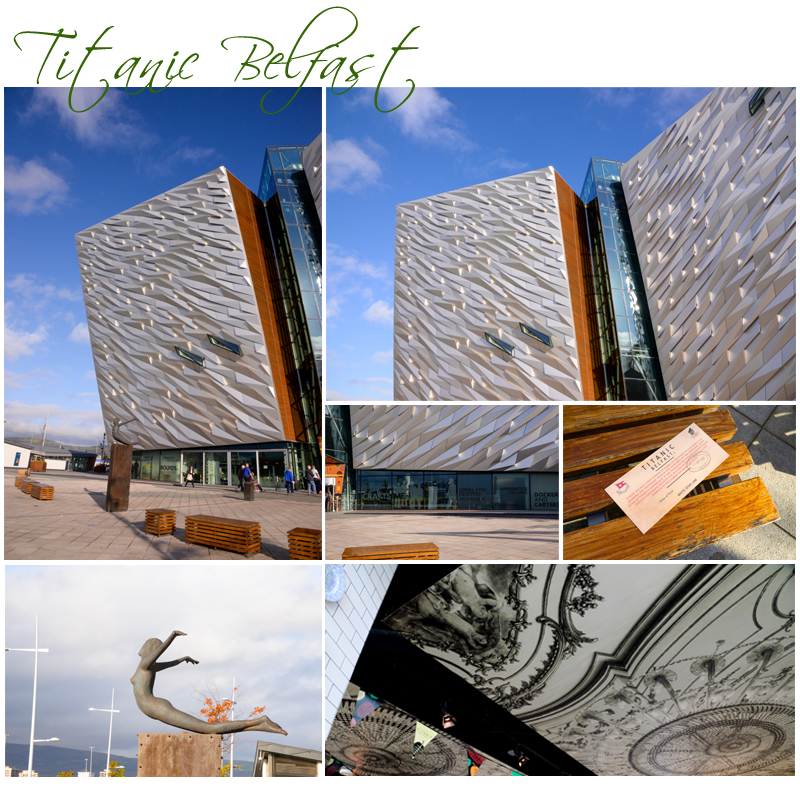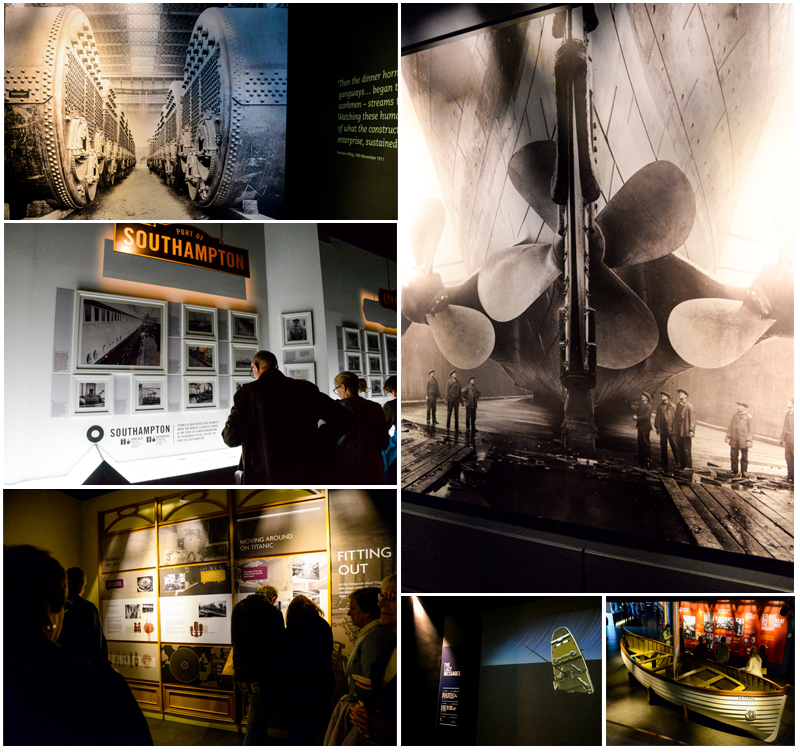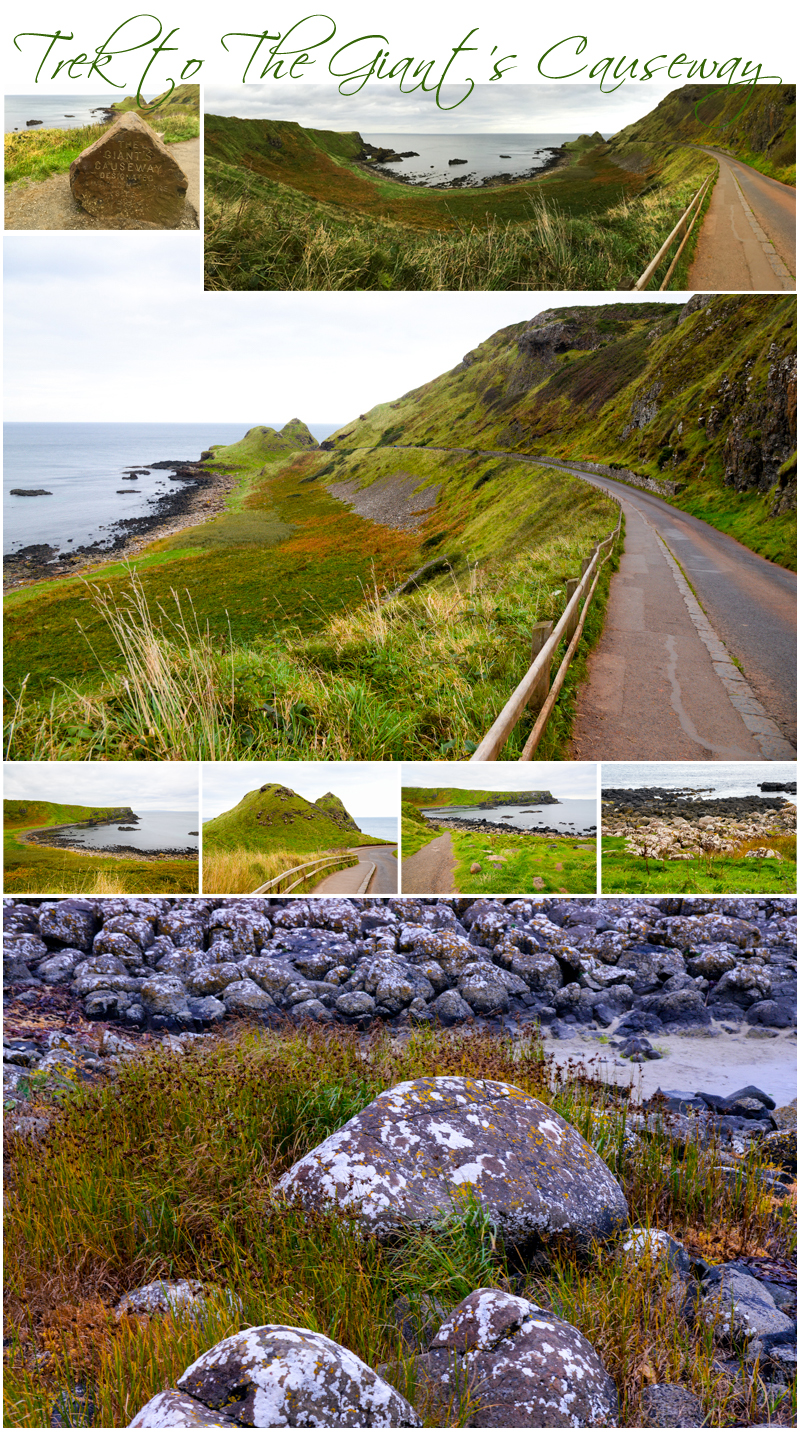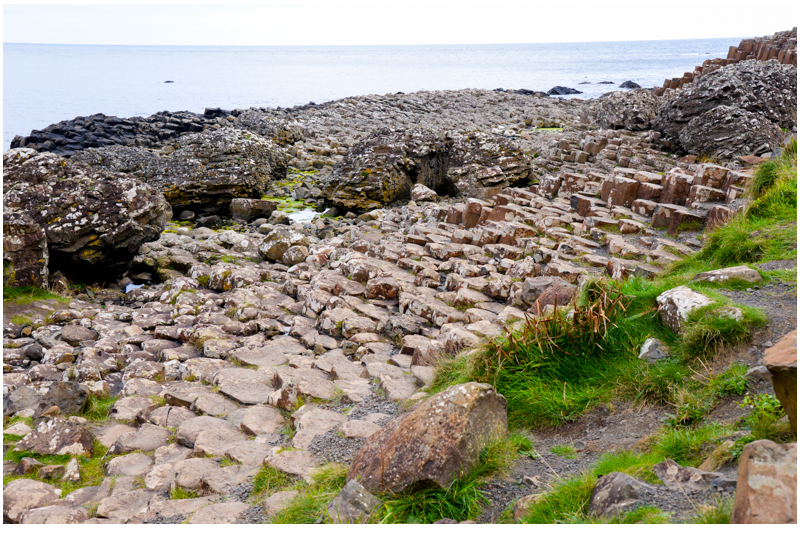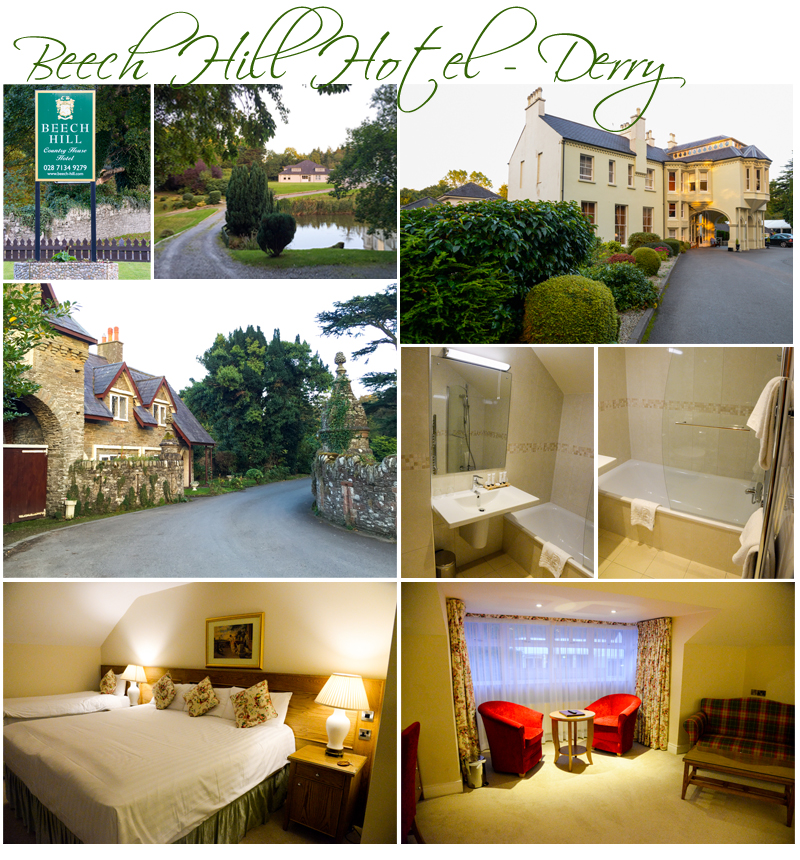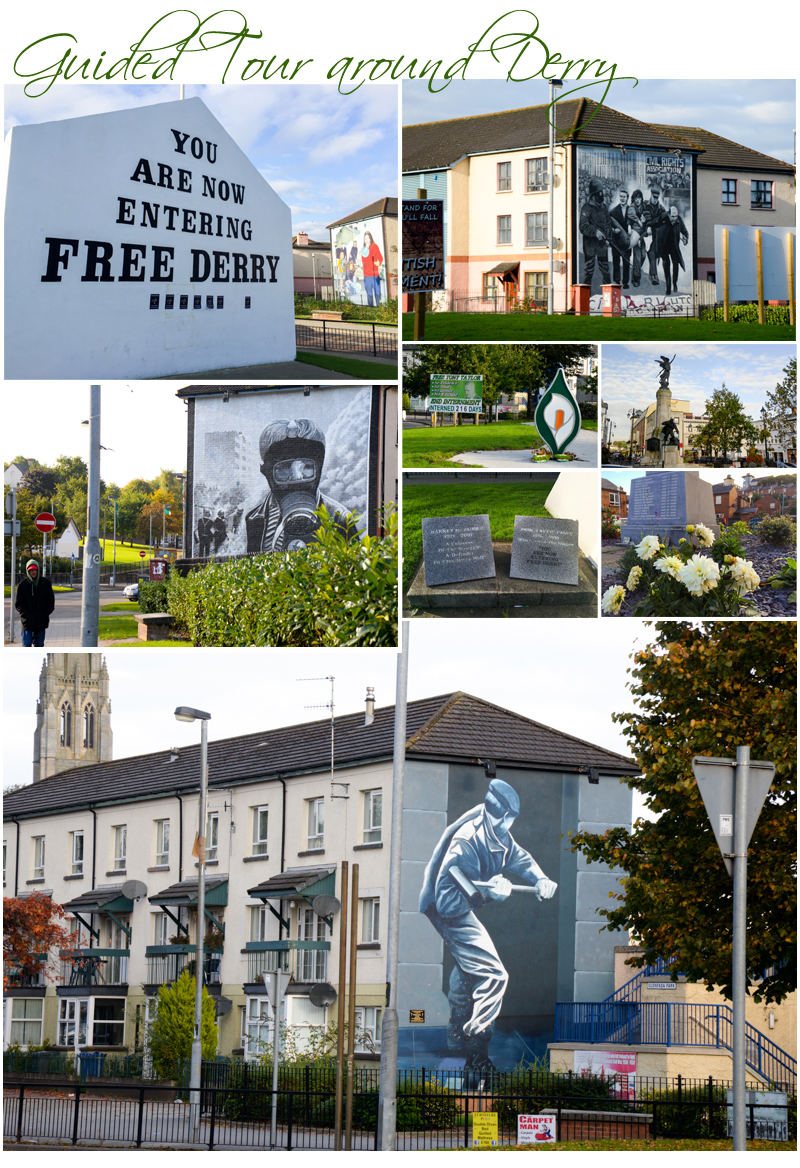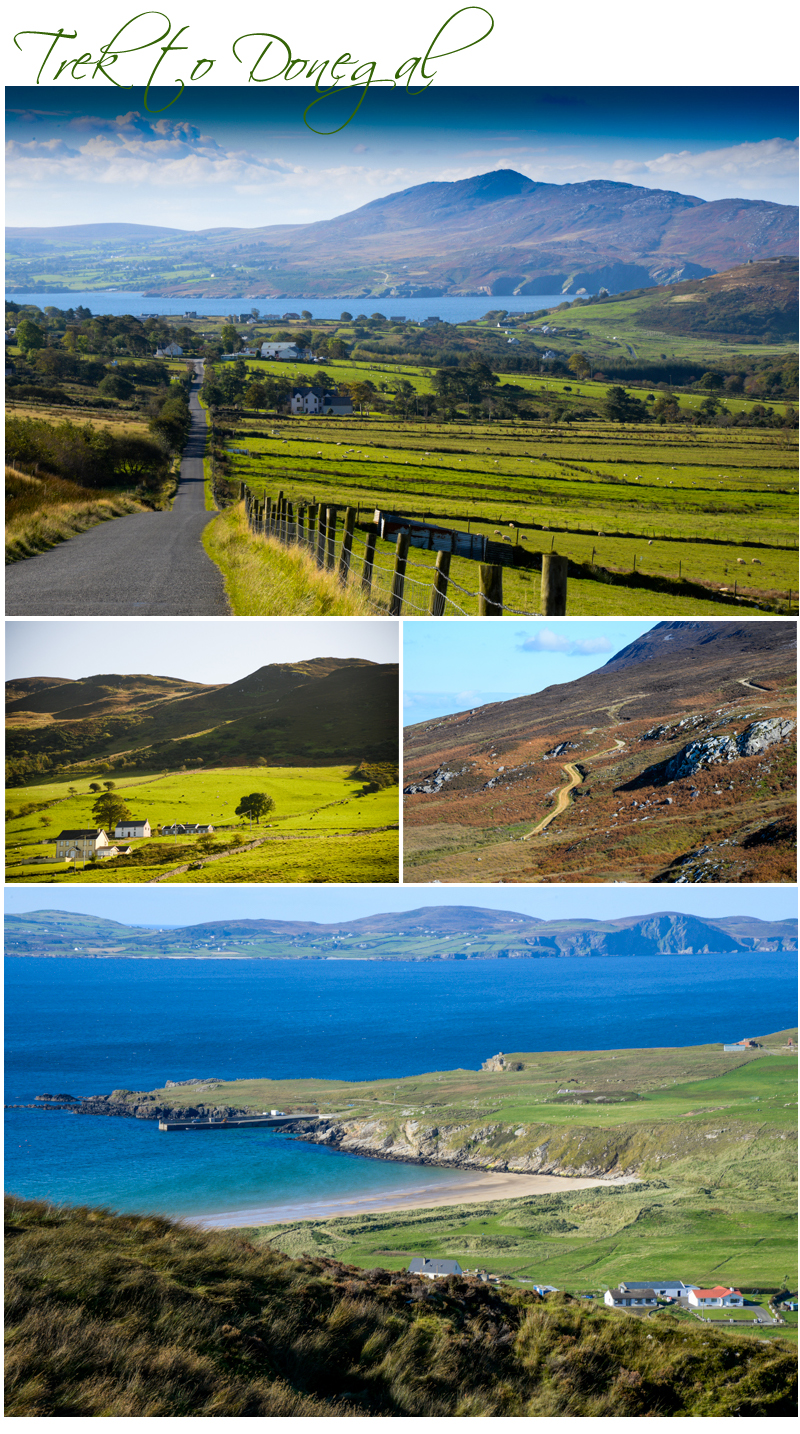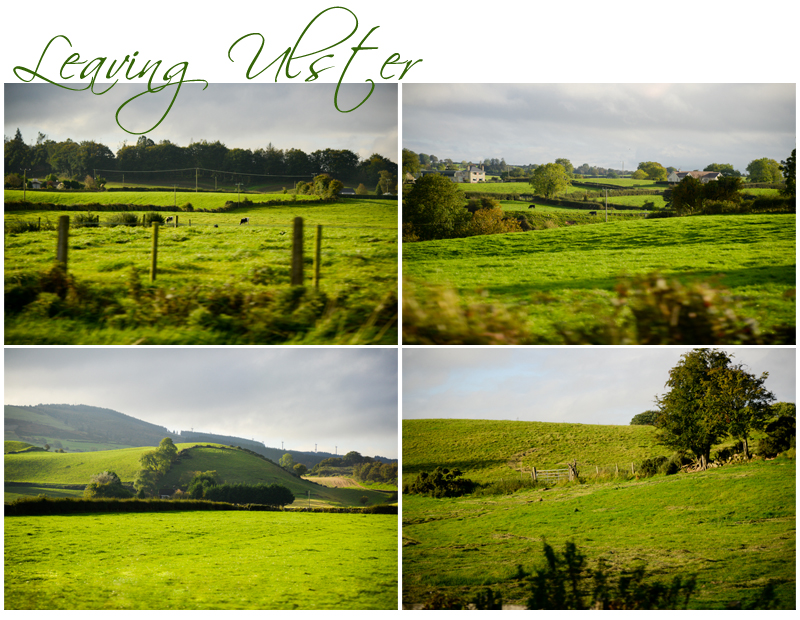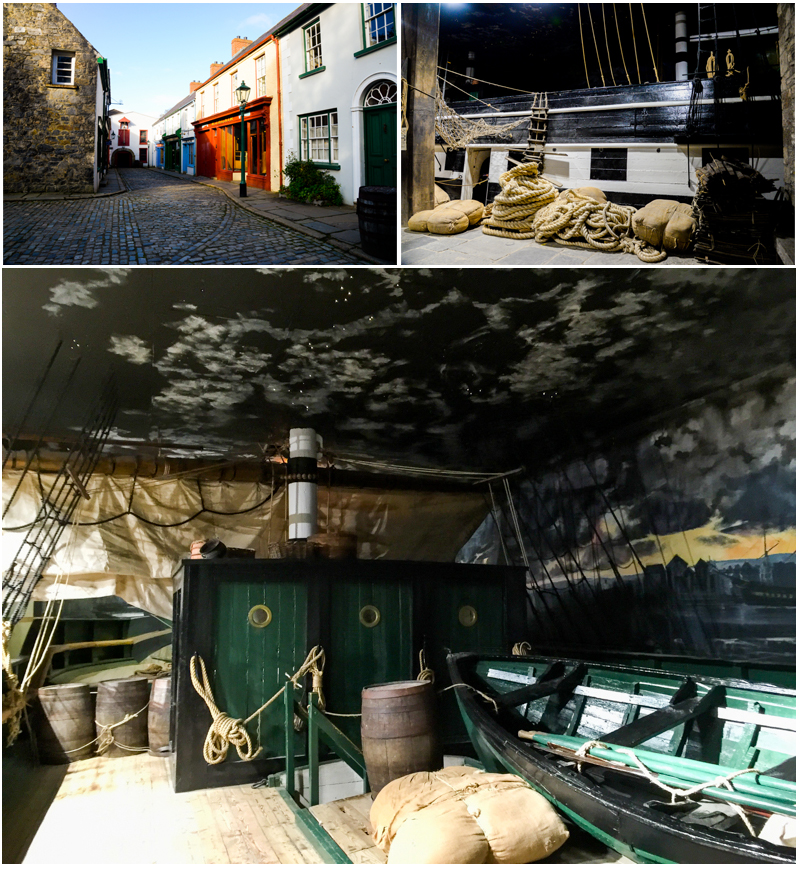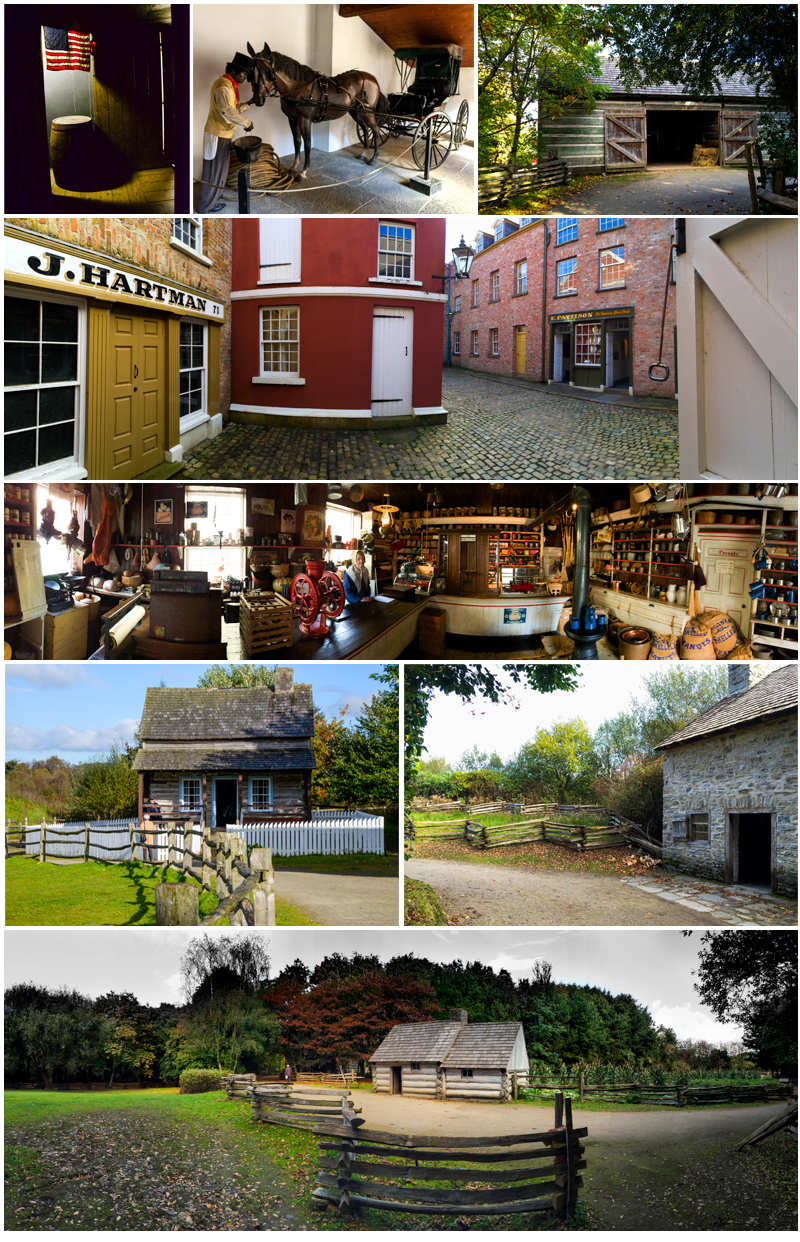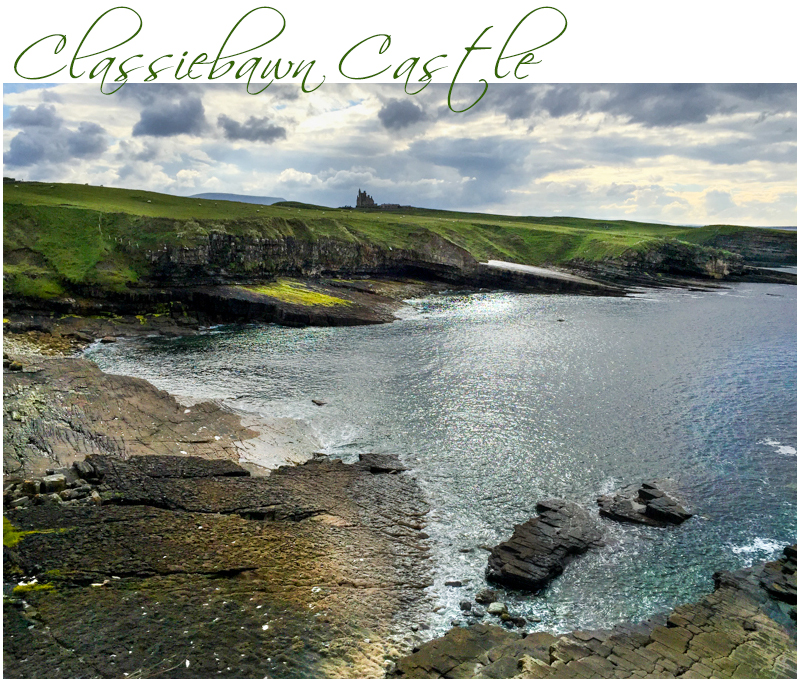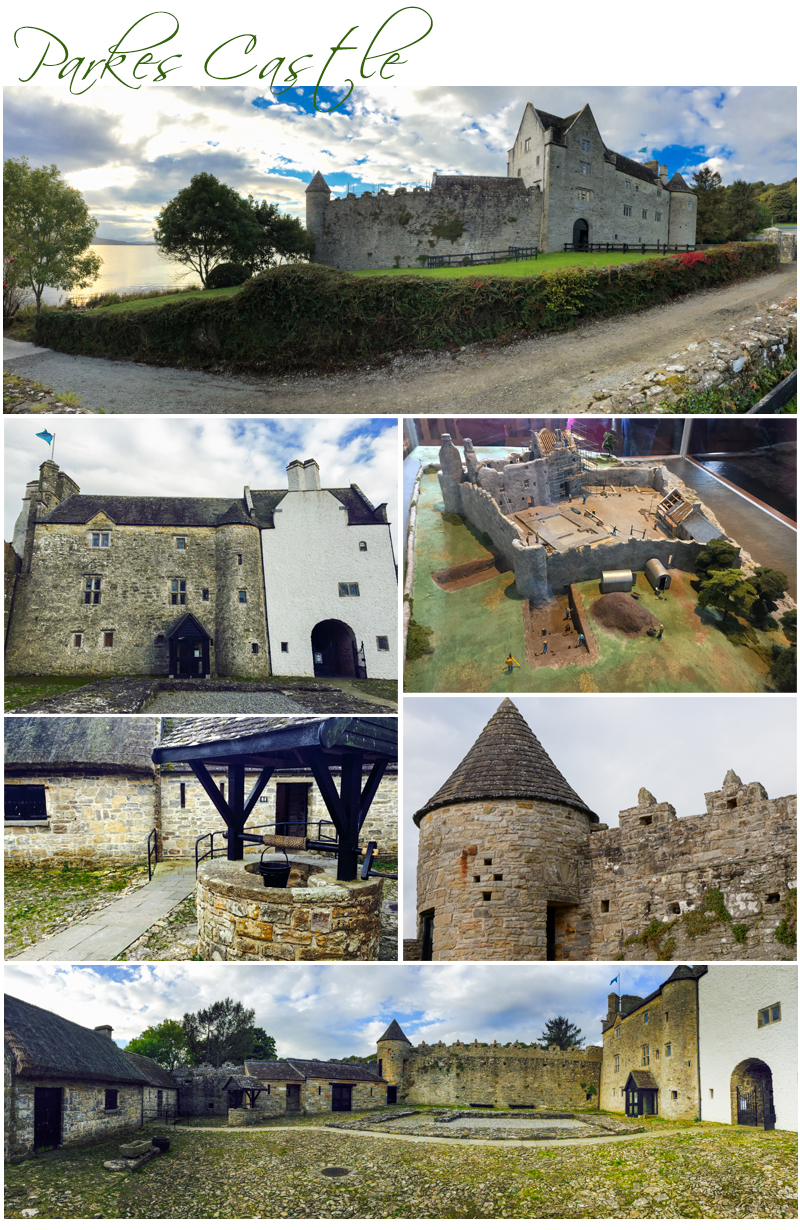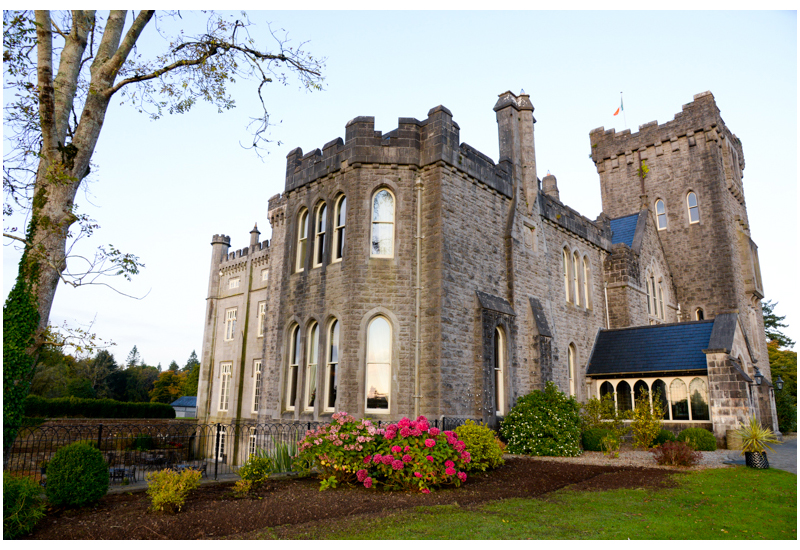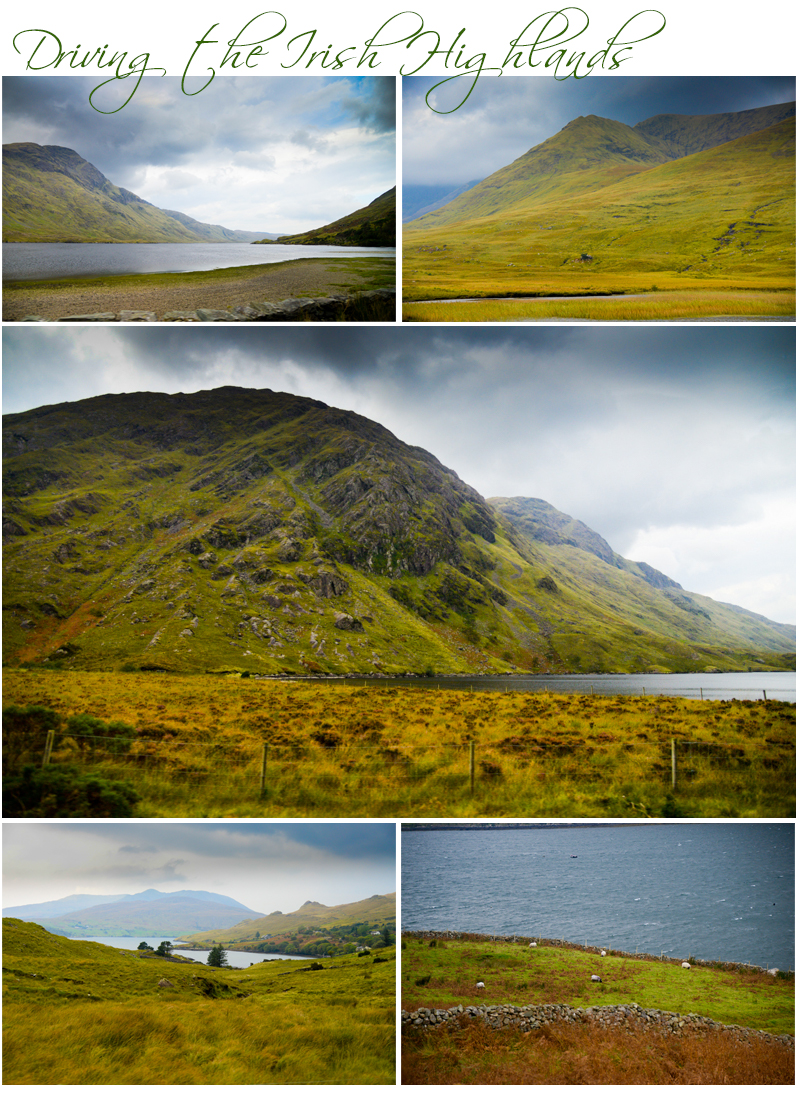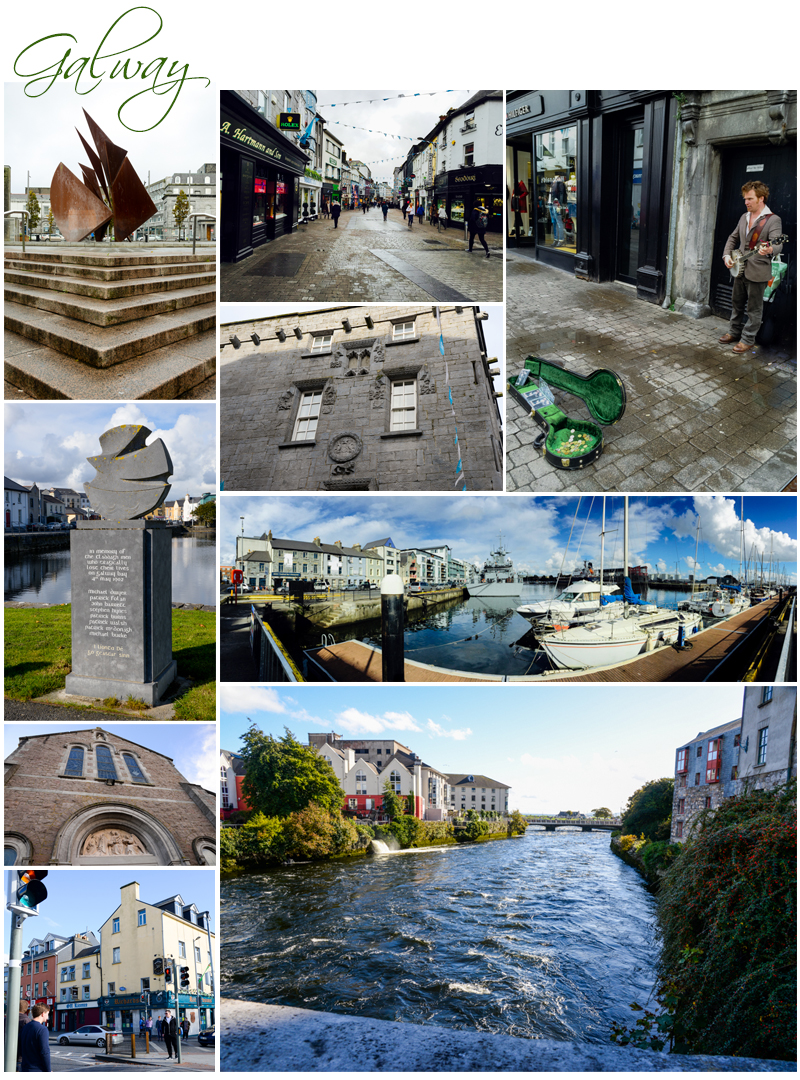Back Roads Tours – 12 Days – The Emerald Isle – Ireland
“……..We then head to a black and white mural which has an image of several men carrying the limp dead body of a seventeen year old boy, the first victim in the Bloody Sunday or Bog Site Massacre when British soldiers shot 28 unarmed civilians during a peaceful protest march against internment. Our guide is becoming quite animated and vocal in his recitation and I can see that what he is saying is very personal to him. He speaks of the thirteen citizens killed by British soldiers on 30th. January 1972. A fourteenth victim we are told died later from wounds sustained that day. We then see a memorial and the victim’s of the massacre’s names and ages are listed.
It is an extremely sobering tour this morning. It brings the Troubles back to life for much of the group and as I stand there listening to the story told by a true casualty of the event, I quietly remember watching, some forty-five years ago, the news broadcasts’ on television in Australia during that period. I can vividly recall the Bloody Sunday event and daily updates on the hunger strikers and bombings that made news during those years. And as I absorb this man’s heartfelt words I feel not only a deep empathy for the victims of Bloody Sunday and the protesters in the March that day, but indeed the Irish community at large. I have been in Northern Ireland less than two days and I have seen. Murals. Divison walls. Flag filled streets. Political statements. I’ve listened to four local personality’s of two opposing political persuasions’ own personal stories. I’ve been told of numerous documented factual accounts and I’ve heard recollections. I have been schooled about continuing curfews, community life affectations and job discrimination. Evidence of the tensions that “supposedly once” existed in Northern Ireland is still very much alive and all around me. And I fear……deep within my heart although purportedly “peaceful” at present……Northern Ireland is still very much a huge melting pot of simmering political tension under pressure…….”
Day Twenty Six – 10th. October – Monday -We join Back Roads Tours this morning there are fifteen tourers in total and our coach is a luxury mini bus. Mick O’M is driving, an authentic Irish guide and he is THE REAL DEAL. Knowledgable, genuinely laid back and he speaks with a soft musical lilt that is characteristic of natives to Southern Ireland. We depart after a full buffet breakfast at Cassidy’s Hotel in Dublin, at 8:30 am.
The bus travels a short way on the motorway then turns off onto “back roads” which is extremely pleasing! This action in itself, within the first hour of touring, promises a more “authentic” experience of Ireland. We are heading first to Newgrange in county Meath, some eight kilometres west of Droheda to the north of the River Boyne. We will be viewing a prehistoric earth mound believed to be of religious significance built during the Neolithic Period, (circa 3200 BC) so the structure is supposedly older than both England’s Stonehenge and the Egyptian pyramids.
It’s a refreshingly cool morning, the air is clean and crisp and it’s an easy walk to the Visitor Centre after we arrive at the parking bay. At the Centre the group is given a short lesson on Irish Neolithic Man. We then walk across several bridges to a shuttle bus terminal. Below, light fog is gently dancing above the river which winds and twists it’s way past the Visitor Centre then on across nearby farmland. We are taken by shuttle to the man made mound and are dropped at a small terminal a few hundred metres from the structure. Again we walk, and as the group appproach the huge mound on foot, the views from the edge of the famous earth structure, which perches atop a small rise, are simply stunning. Rich emerald green and brown fallow farm landscapes fall away gently as far as the eye can see in all directions.
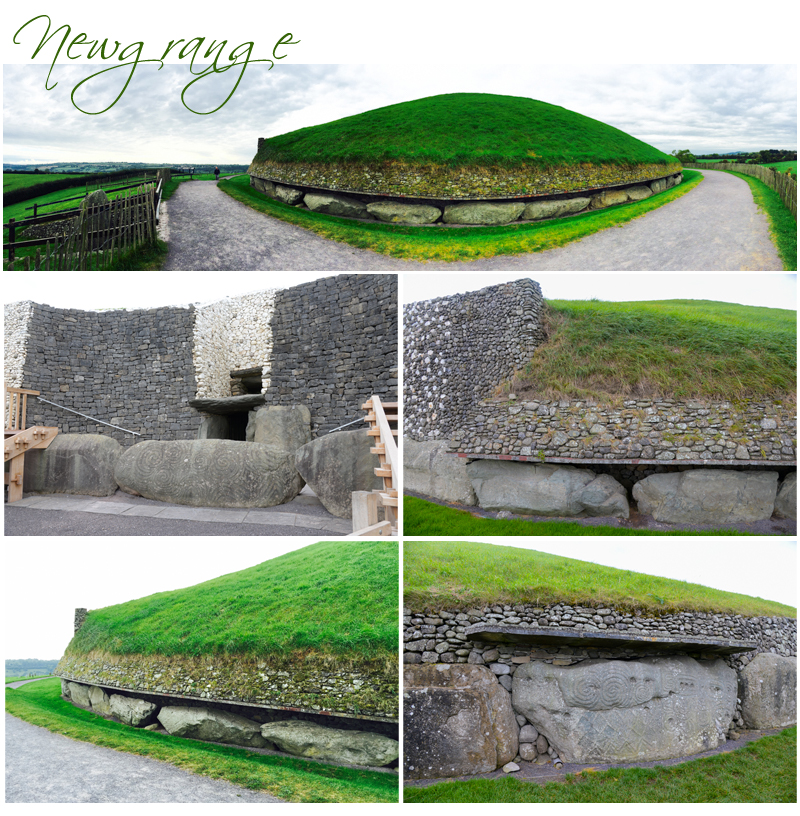
The stones at this site were imported and the smaller quarried stones, in two colours, were brought to the site from mines and quarries significant distances away. Around the outer edge of the mound there are larger stones at the base of the mound’s perimeter, and although quarried closer to the site, we are told by our Newgrange Irish female guide, it would have taken eighty men at least four days to transport each stone individually to its final resting place. It is also placed precisely so that light can enter the structure through its entrance aligning with the rising sun on the winter solstice when sunlight shines through a roof opening and floods an inner chamber. So the mound is a marvel of prehistoric construction for a culture that used only the most basic of stone hand tools and flint objects.
From Newgrange our group then heads to Oldbridge Estate, the site of the Battle of Boyne which occurred in 1690 between King James 11 and his son in law Prince William 111. The trek is not much further down the road from the Newgrange Mounds and takes less than an hour. There are no tourists about today as September is the end of the tourist season and this particular tour is the last for the company we have chosen to travel with. So being early October, it is blissfully quiet and we virtually have the facility to ourselves.
The grounds that front Oldbridge Estate are extensive with groomed parks and gardens which have gently undulating gradients. They are green with lawn and are studded with the odd large, leafy tree. It’s hard to imagine 36,000 men in one army here facing off against a further 24,000 men in another army. Today, some four hundred years after the battle, there is no obvious evidence of any combat having occurred on the site. We trek our way into the beautiful Georgian building that fronts Oldbridge Estate and through several displays into a room which features an audio visual presentation. There is an enormous model showing the landscape and our group circles the model whilst an intricate light display and audio commentary shows and explains the exact placement of troops, their movements and the battle strategy that went awry in sequence. Riveting.

It is fascinating to see and understand how several different but specific factors led to defeat of the Jacobites. These factors included an injury sustained early on by King William 111, the ill placement of Jacobite troops during the battle to one flank, and the movement of too many of those troops to that position. Then we hear about the repercussions that followed. There are costume and tent displays, artillery displays and in a small movie theatre to one side, is a film reenactment of the battle’s highlights. It is a fabulous display, and very, very well done! And it’s extremely entertaining.
From the displays in the Oldridge Mansion the group meanders its way to the Estate’s tea rooms for lunch. The tea rooms overlook amazing formal gardens which feature shaped conifers, flower beds, hedges and patterned lawns. A hexagonal sunken garden is to the rear, there’s a potting shed, beautiful orchards and a summerhouse set to one side and further orchards are on the other side.
I can’t help but think what a stunning location Oldbridge is for a wedding with its main Georgian house and beautiful acreages of landscaped formal gardens. Lunch is a leisurely affair with no real clock watching as we have until 2:30 pm here.
It is a short ten minute drive from Oldbridge to a nearby graveyard at Monasterboice, a Monastery founded by St. Buite who died in 521 AD. There are three high crosses and a round tower here, all dating from 10th. Century. It is a curiously interesting graveyard with graves from the 10th. Century to the current year, an enormous time frame to be depicted in a single small graveyard.
The Giant’s Causeway is a spectacular basalt natural land formation of about 40,000 interlocking columns which is the result of an ancient volcanic eruption. It is located in County Antrim on the northeast coast about three miles (4.8 km) northeast of the town of Bushmills. Declared a World Heritage Site in 1986 and in 2005 in a poll of Radio Times’ readers, the Giant’s Causeway was named as the fourth greatest natural wonder in the United Kingdom. The tops of the earthy brown and grey stoic columns are flat and form a stepping stone like pattern that trickles down curtainlike from the cliff foot across the sloping landscape below into the sea. Most of the columns are six sided or hexagonal, although there are also some with four, five, seven or eight sides. The tallest columns are about 12 metres (39 feet) high and some of the solidified lava in the cliffs is 28 metres (92 feet) thick in places.
Mick drives us to Enniskillen for a late lunch where the Belleek Pottery was established around 1849. John Caldwell Bloomfield, affected by the Irish potato famine, had the area surveyed for minerals in an effort to seek alternative employment for his tenants on the estate he inherited from his father. A railway supplying coal to fire the kilns was soon built and building of the Pottery began in 1858. Belleek Pottery is most famous for its Parian Porcelain so popular with Queen Victoria and the nobility and is still operating today.
I head toward a church across from the waterway but as I near I realise there is a wedding inside as there are several luxury limousines with ribbons on them parked outside and people dressed to the nines, are rushing towards the church then heading inside. They are “late”. I duck through the archway but see the church is full of wedding guests with the bridal couple standing at the alter, so I head off again without going further inside, this time skirting around the main road which crosses the bridge. I’m sight seeing but also looking for a place to have lunch. The pavement walkways however lead me on to another church and then an outdoor market in the street fronting the church. I go inside the church but it is full of people selling things so I leave, then start heading back towards the city centre.



